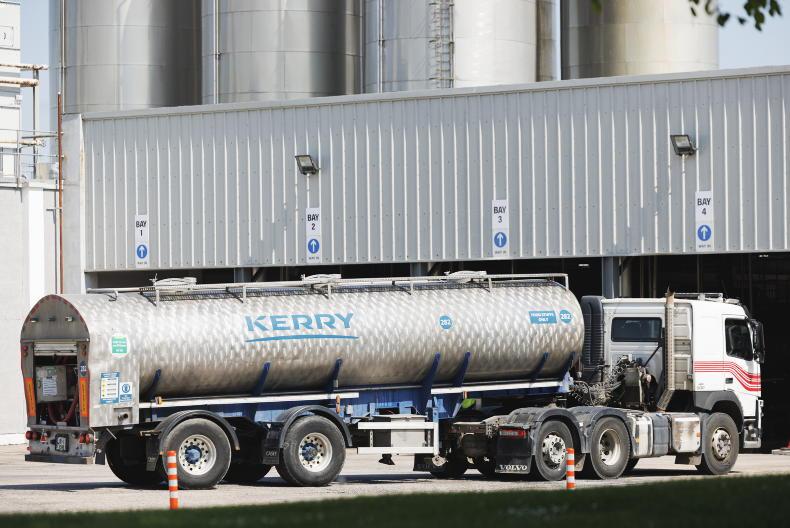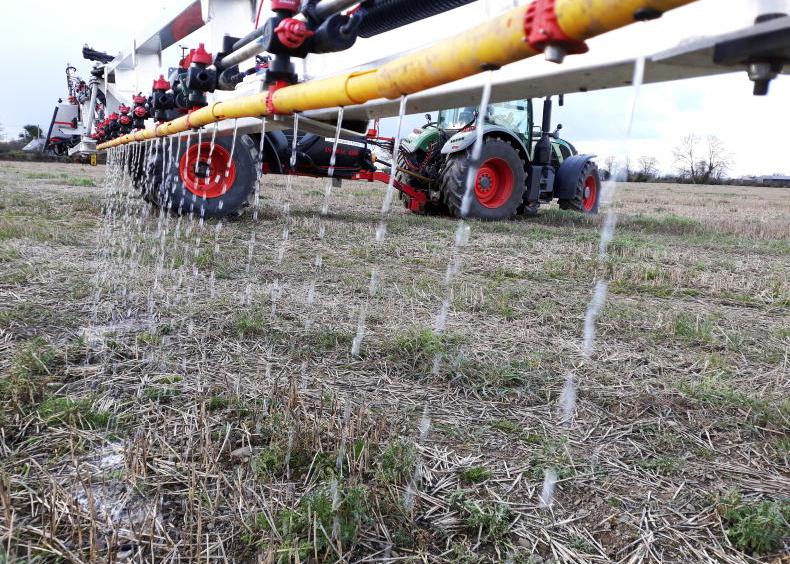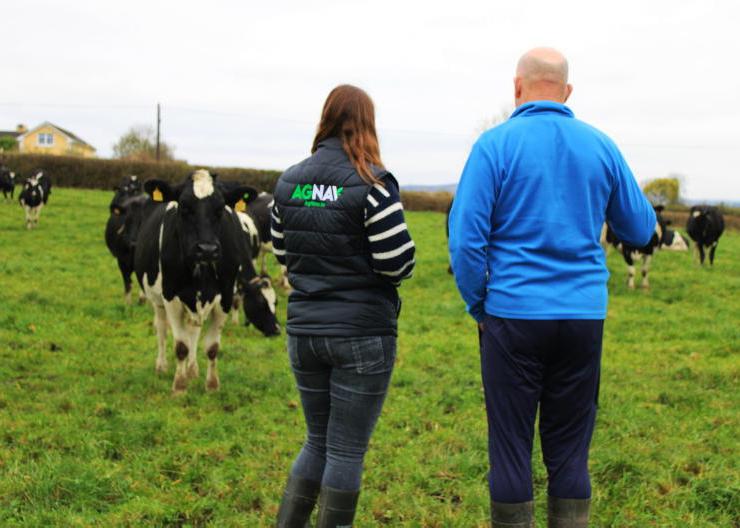While overall greenhouse gas (GHG) emissions on agricultural land decreased by 4% between 2000 and 2020, global farmgate greenhouse gas emissions increased by 13% between 2000 and 2020.
These emissions related to livestock and crop production; approximately 57% relate to livestock.
Total GHG emissions on agricultural land amounted to 10.5bn tonnes of CO2 equivalent in 2020, a 4% decrease on 2000.
The decline was due to a fall in forest conversion that was larger than the increase in farmgate emissions.
Activities inside the farm gate accounted for 70% of total emissions in 2020.
Asia was the top agricultural emitter, accounting for 36% of total emissions, followed by the Americas at 30% and Africa accounted for 23%. Europe accounted for 9% and Oceania 2%.
Methane accounted for 39% of emissions, nitrous oxide 21% while CO2 accounted for 40% in 2020 according to the FAO Annual Statistical Yearbook 2022.
Agriculture and forest land decline
Between 2000 and 2020, agricultural land in the world declined by 134m hectares or roughly the size of Peru, while forest area declined by 99m hectares, or the size of Egypt.
Emissions within the farm gate related to crop and livestock production grew by 13% between 2000 and 2020.
Within regions, Europe has the largest share of forestry at 46%. Between 2000 and 2020 forest land expanded in Europe while agricultural land contracted.
Emissions by region
Between 2000 and 2022, the share of agri-food systems in total GHG emissions decreased from 39% to 31%. However, while the pattern was variable across regions, shares of emissions remained stable across the period in Africa and the Americas at 60% and 38% respectively.
In Europe, the share of emissions from agri food was on an increasing trend from 28% in 2000 to 32% in 2019 but decreased to 27% in 2020.
By contrast, in Oceanica and Asia the contribution of agri-food systems dropped by 16-18 percentage points to 36% and 24% respectively in 2020.
Farming
Global area of primary crops went up 22% between 2000 and 2020 to 1.4bn hectares.
Cereals account for more than half of the world’s harvested crops during the period although declined from 57% in 2000 to 51% in 2020.
Europe’s emphasis on organic agriculture is borne out in that 15 of the top 20 countries with the highest share of land under organic production are in Europe.
The eight countries with the largest organic agriculture area made up 74% of the global area under organic agriculture. Of these Australia accounts for almost half of the global area under organic production.
Temperature changes
While worldwide winters and summers are becoming hotter than the 1951-1980 average, Europe has seen the highest temperature change for most of the 2000-2021 period.










SHARING OPTIONS